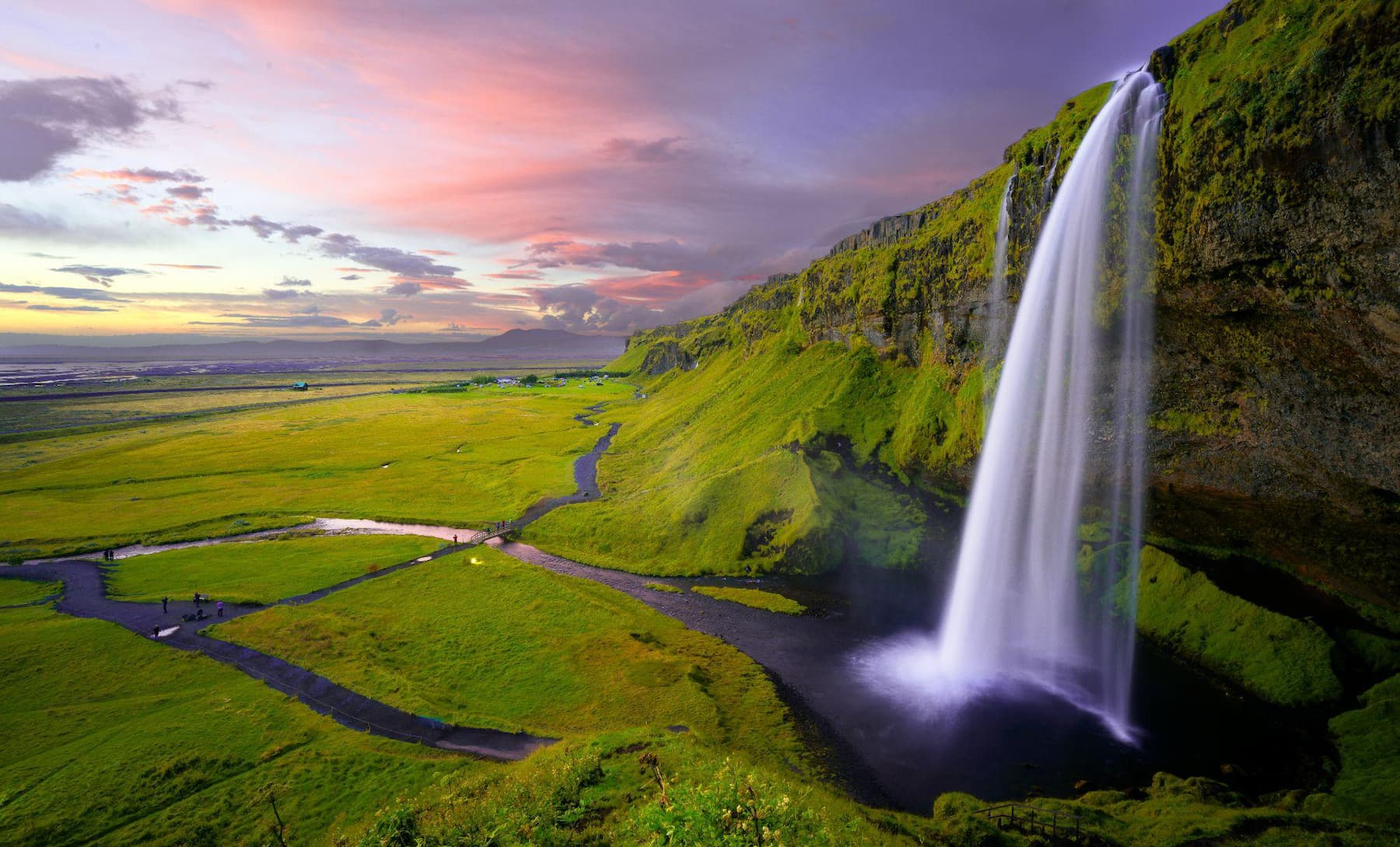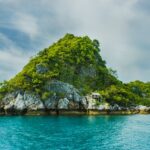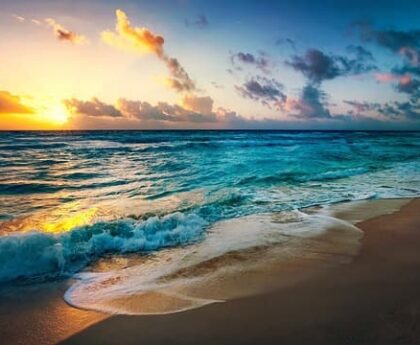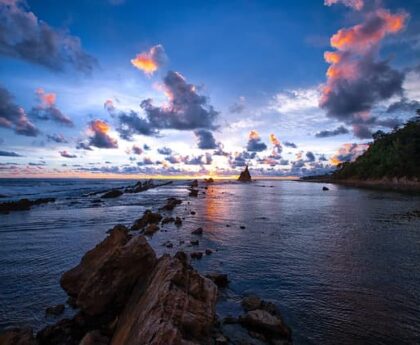Located between the North Atlantic Ocean and the Greenland Sea, Iceland comprises about 30 minor islands with unparalleled scenery and natural wonders. While there is no shortage of stunning vistas in this Nordic island country, we have provided a list of six of the most spectacular islands in Iceland that you might want to consider adding to your travel bucket list. Read on to learn more.
Viðey
Conveniently situated within the Capital Region, you only need a 5-minute ride by ferry to reach Viðey from Reykjavík. The island is dotted with beautiful bird sanctuaries and scenic trails. The combination of stunning views, contemporary art pieces and historical ruins makes Viðey something special.
Viðey Island is well-known for providing exhilarating panoramic views of the famous Imagine Peace Tower, an outdoor work of art created by the Japanese multimedia artist Yoko Ono in memory of the English singer and songwriter John Winston Ono Lennon.
Installed in 2007, it comprises a tall tower of light, which is projected from a stone monument with the words “Imagine Peace” engraved into it in 24 different languages. The tower’s name and the words curve into it are a reference to John’s 1971 song “Imagine” and his campaign for peace.
The beaches of this island are calm and serene, and they are a perfect location to spot and photograph seals as they keep their heads above the water to breathe. Additionally, you’ll find great hiking trails on Viðey.
What’s more? This island was an active volcano with an enormous caldera during the Pleistocene or the Ice Age. The caldera’s remains are much larger than the current island itself, and the island is close to the caldera’s centre.
Grimsey Island
Home to more than one million seabirds, Grímsey Island is the northernmost inhabited territory in Iceland. It’s formed by volcanics, which, in places, create visually attractive basalt columns. Puffins are among the major attractions of this island; in April, these birds go to the cliffs and build nests, then return to the sea in August.
Grimsey is also the only part of Iceland lying within the Arctic Circle, and travellers flock to this Icelandic island to cross it. Since the island is only 5.3 km2 in size and 5 km long, you can explore it in one day.
The small wooden church on the island has a history that stretches back to 1867, and it belongs to the parish of Akureyri.
Drangey Island
Characterised by eye-catching cliffs and fairy-tale rock formations, Drangey Island is located in northern Iceland, specifically in the middle of Skagafjörður fjord. This majestic island rock is a bird-watching paradise, as it’s a nesting colony for a whole heap of seabirds, including:
- Shearwaters
- Fulmar
- Kittiwakes
- Gannets
- Guillemots
- Puffins
- Gyrfalcons
This picturesque island became famous after being mentioned in The Saga of Grettir the Strong as Gre2r’s refuge; this outlaw spent his last years here with Illugi (his brother) and his slave Glaumur. The hero of this Icelanders’ saga defeated his enemies with tremendous strength and cunning wits. However, Grettir was labelled an outlaw in medieval Iceland because of his rebellious and deadly demeanour.
Drangey has become a popular destination; you’ll find ropes, chains and ladders on the crumbling path to help you climb up to its cliffs and access the island.
Vestmannaeyjar
Sometimes anglicised as the Westman Islands, Vestmannaeyjar is an archipelago of 18 islands built up in submarine eruptions; they also contain layers of lava and palagonite tuff. The largest island, Heimaey, has the oldest geological formations. You’ll see basalt columns in many places.
In 1896, southeast of Hellisey, a submarine eruption occurred. Another eruption started in 1963 and lasted around four years, making it one of the longest submarine eruptions in Icelandic history. This eruption also resulted in the birth of the 15th island in the Vestmannaeyjar group, Surtsey. The 1973 eruption (Eldfell volcano)lasted for 155 days, increasing the size of Heimaey by approximately 2.1 square kilometres.
A trip to the Folk Museum of Vestmannaeyjar will help you understand Icelandic culture. Highlights of this museum include the following exhibitions:
- The volcanic eruption of 1973 on Heimaey
- The 1627 Algerian Pirate Raid
- The special women’s role in the fishing community
Vestmannaeyjar is also ideal for bird-watching since it’s home to Iceland’s largest puffin colony. The table below shows other things that make this island popular:
| Popular Culture | Indelible Imprint Left |
| Festival | The Westman Islands are famous in Iceland because of Þjóðhátíð(National Holiday in English). This annual outdoor festival attracts tons of people and was first held way back in 1874, which is the same year that church services were held in Iceland to the millennium of Iceland’s settlement. |
| Sport | ÍBV is based in Vestmannaeyjar, and it’s one of the country’s most prominent sports clubs; it has won several national cups and national championships in football and handball. |
| Film | The 2012 Icelandic drama film The Deep is set on and around Heimaey Island. From 1998 to 2003, Heimaey was also home to one of the stars of the 1993 family drama film Free Willy Keiko, Keiko the Killer Whale. |
Flatey Island
Resting in the fjord of Breiðafjörður, Flatey is one of the flattest Iceland islands. It’s also a vital place in Icelandic history and culture. Flatey Island had a monastery that dates back to 1172. Flatey Sag, one of the renowned manuscripts of the Icelandic saga, is named after this island.
From the late 18th century, Flatey Island served as a commerce hub for the western part of Iceland. The main attractions of this island are the rich birdlife and the beautiful nature. The church on the island was constructed in 1926, and it features pictures depicting the island’s life, which were executed by Catalan painter Balthasar Samper.
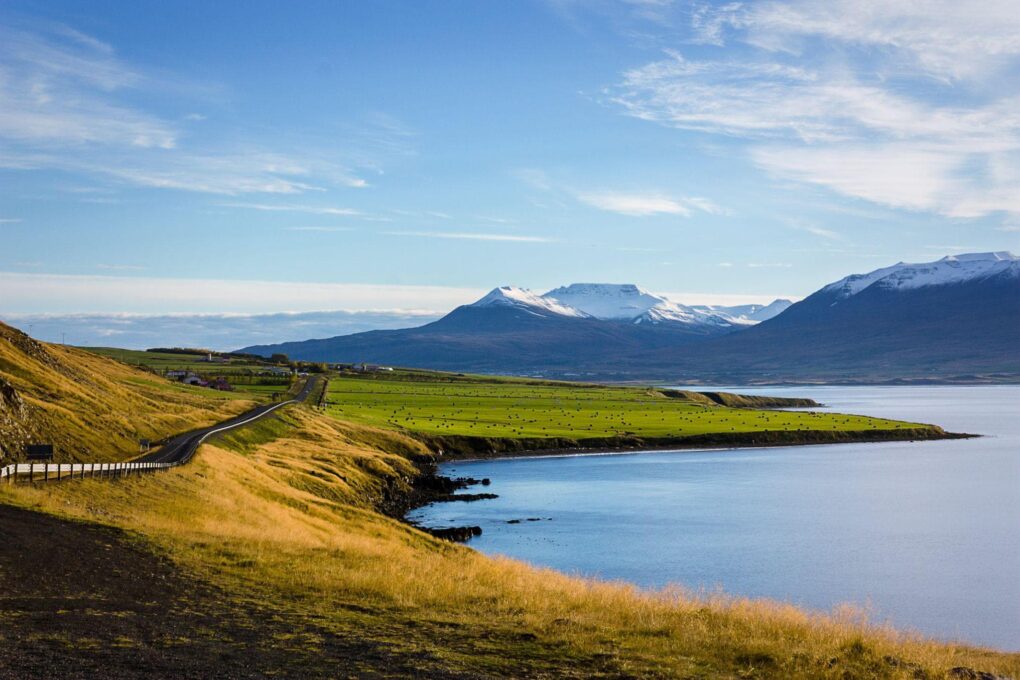
Hrísey Island
As the second-largest island in Iceland, Hrísey Island covers a land area of 7.67 km² and is about 7.5 km long and 2.5 km wide. Widely hailed as Eyjafjörður’s pearl of nature, Hrísey is a paradise for bird watchers, with around 40 species of bird nesting on the island. These include eider duck, Arctic tern and ptarmigan.
Originally established as a settlement for Vikings, the island is nowadays a protected natural area. The northern part of this island is a privately owned nature conservation area. That means you must get permission from the landowner before passing through this area.
Another major attraction at this island is the House of Shark Jörundur, which was built in 1885-86 with timber from Norwegian ships that ran ashore at this island in 1884. The relocation of the house to its current site took place in 1917, but you’ll find a statue of Shark-Jörundur commemorating the spot where it was initially constructed. The House of Shark Jörundur currently holds an exhibition of shark fishing-related items and the island’s history.
Final Thoughts
If you’re fantasising about having a memorable experience in Iceland, these islands will captivate you with their abundant natural beauty and unparalleled scenery. As the least-populated European country, you’ll find wide-open spaces and expansive areas of untouched, beautiful wilderness in Iceland.
